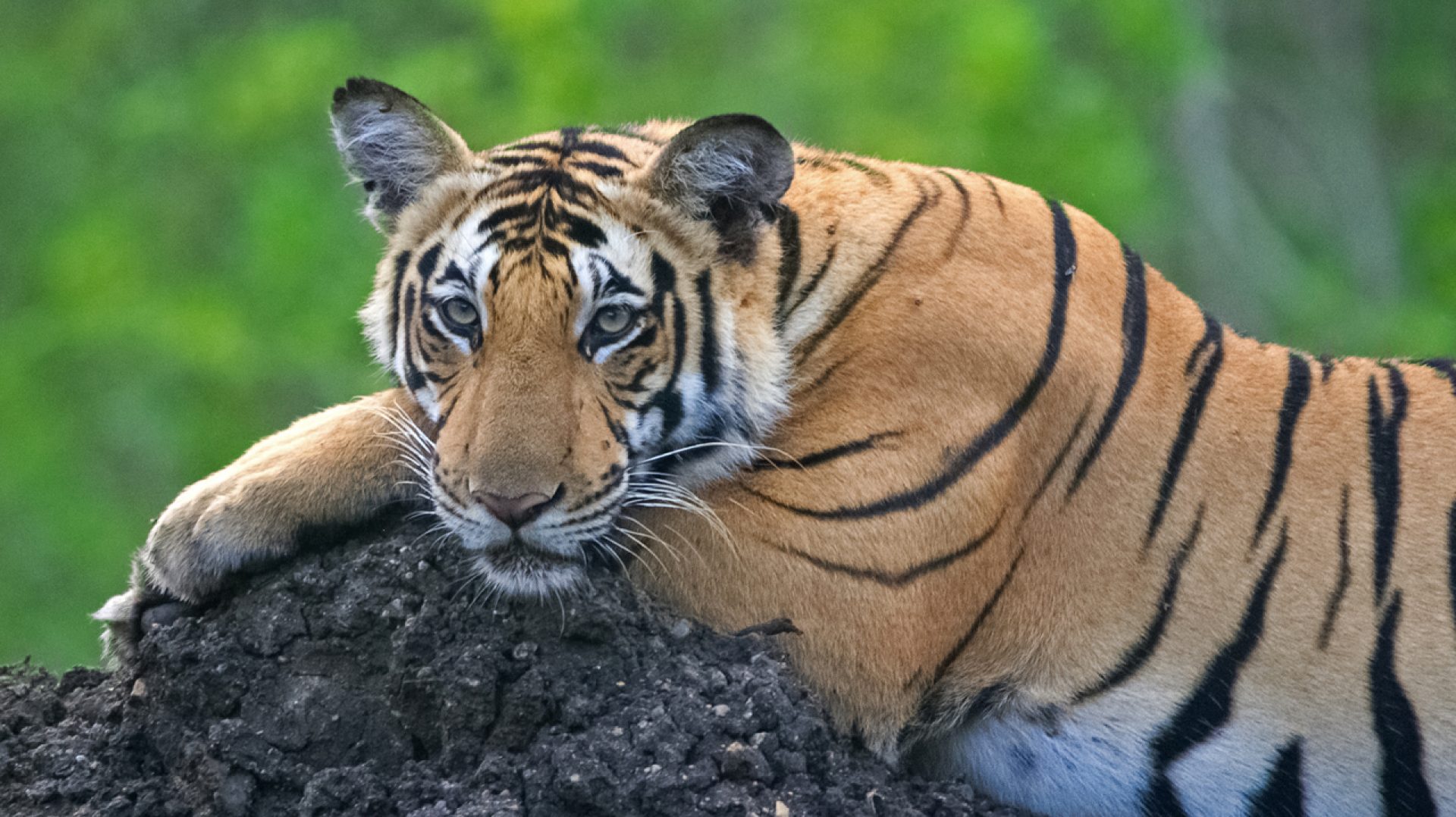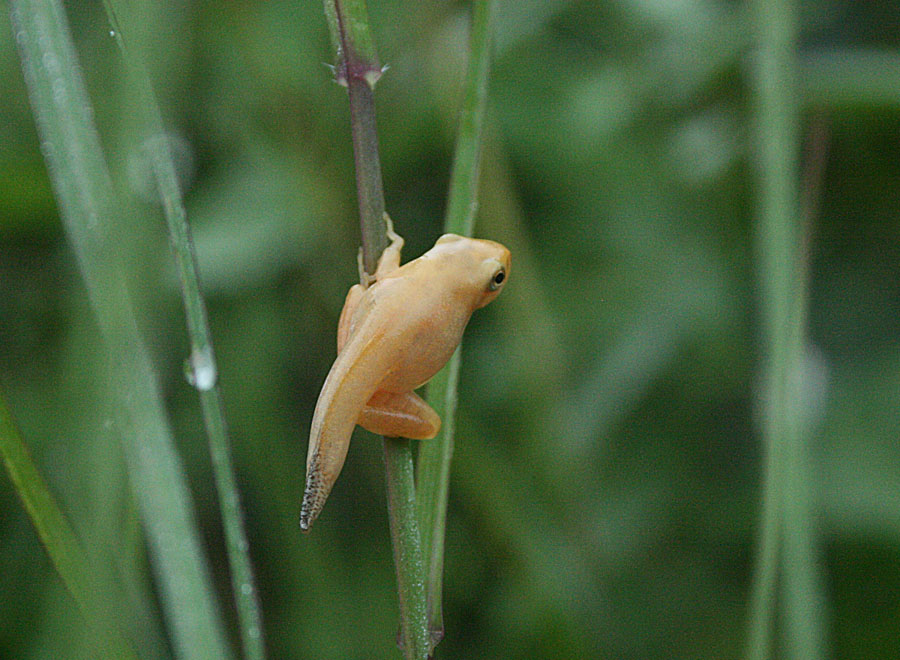Wandering glider (Pantala flavescens), a dragon fly from South Africa, arrive as an envoy of this phenomenon… They fly in the fields and by seeing them the farmers eagerly finish the works remaining after paddy harvest; the husking, packing and loading. As soon as the phenomenon arrives following this invertebrate, the fragrance of the wet soil spread all around. By then hole- nesting birds with their last brood leave the holes so as to provide room for honey bees and wasps… The dry leaves and fallen flowers on the floor being carried away and settle as heaps which in turn attract termites and start to decompose… The dry grass start to turn green and the seeds sprout through… In the following days the liquefied excrement of the herbivores by grazing tender plant parts, can be seen… The myriad changes create by this phenomenon, the South Western monsoon, in the soil of Kerala, the southern state of India, are amazing…
…And in rivers, the dissociation of the accumulated Water hyacinth* takes place first. Then water change into muddy, indicating that the hills and mountains where the river originates also being blessed…The fishes gather at the mouths as they know that it is the time for them to breed. Detecting the abundance of food, the water fowls start to colonize on tree branches for nesting.
In the air, very few wing beats, and the sun is always covered so that summer solstice doesn’t being known to people. The effect of this phenomenon made their body tender and they are about to have special diet and rejuvenation prescribed by ayurveda. But the consciousness of monsoon keeps providing sunny intervals so that the birds, insects and mammals get time to fill their stomachs. Only ladies frown it as mischievous, as they can’t assess the sunny interval to dry the clothes. Towards the climax, the duration of intervals decrease and then it will be pouring all the day and night and then the river make a revisit to its lost prowess, and the people say flood!!!
The monsoon is very dramatic as well…
The major sound other than the rain can be heard during this period is the croak, kwaak and ribbit of the frogs, around the temporary water puddles, so that this tad pole of Malabar gliding frog truly resembles the South Western Monsoon…
South Indian Naturalist Tours is very happy to share this element of nature with you so as to aware you about the unnoticed fascinations of South India and the dormant rejoice within them. We will be thankful to you to share it with people in your familiarity and to neglect it if you find them unwanted, as well.
Please visit ‘Our Packages’ to know about the tours that we conduct.


